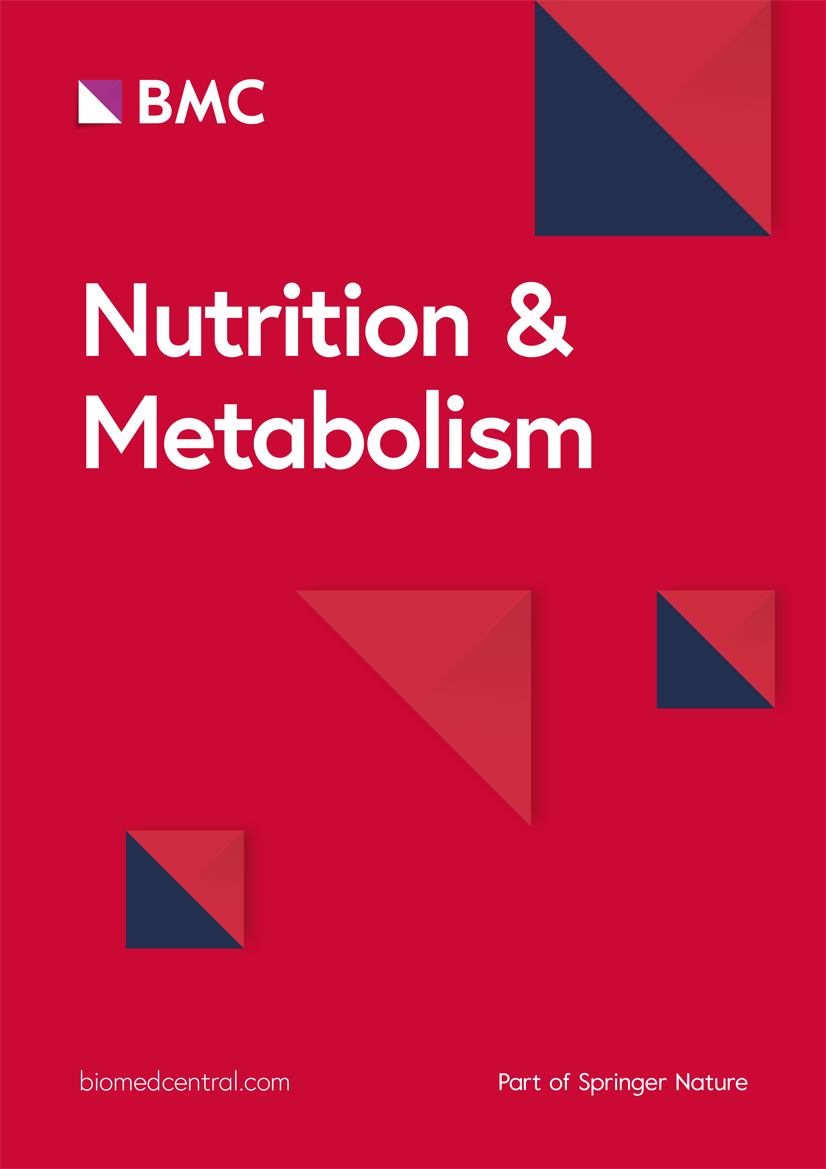Ultra-processed food consumption and cardiometabolic risk in Canada: a cross-sectional analysis of the Canadian health measures survey - Nutrition & Metabolism
Background Ultra-processed food (UPF) contributes to nearly 50% of Canadians’ diets. Research in other countries has begun to implicate high intakes of UPFs and negative health outcomes, including body mass index, waist circumference, blood pressure, and unfavourable lipid profiles. There have been no population level examinations of the relationship between UPF consumption and cardiometabolic risk in Canada. Methods Drawing on the Canadian Health Measures Survey (2016/17 and 2018/19), this study investigates the relationship between UPF consumption and cardiometabolic risk factors among Canadians (ages 19–79, n = 6517). Dietary data collected by Food Frequency Questionnaire was classified as UPF or not using the NOVA classification system which scores foods by degree of processing. Participants were grouped into quartiles based on the daily servings of UPF. Sociodemographic and lifestyle variables were collected via household questionnaire and cardiometabolic outcomes were measured during a clinic visit. Multivariable linear regression analyses separately assessed the association between cardiometabolic risk factors and UPF quartiles while adjusting for various sociodemographic and lifestyle variables. Sensitivity analyses additionally adjusted for fruit and vegetable intake (servings/day) to determine the effect of diet quality on this relationship. All analyses were weighted to ensure national representativeness. Results UPF servings per day ranged from 1.2 in the lowest and 5.8 in the highest quartile. Compared to the lowest quartiles of UPF consumption, those in the highest were more likely to be male, in the lowest income quartile, Black or White, have lower household education, and higher physical activity and sedentary time. After adjustments, UPF consumption was positively associated with BMI, WC, diastolic BP, HBA1C, c-reactive protein, white blood cells (WBC), fasting triglycerides (TG), and fasting insulin. Fruit and vegetable intake attenuated the association for all outcomes, while BMI, WC, WBC, and TG remained significantly associated with increased UPF consumption. Conclusion This study is the first Canadian study looking at population level intakes of UPF across various cardiometabolic risk factors and adds to the growing body of literature demonstrating the detrimental health effects associated with UPF consumption.



